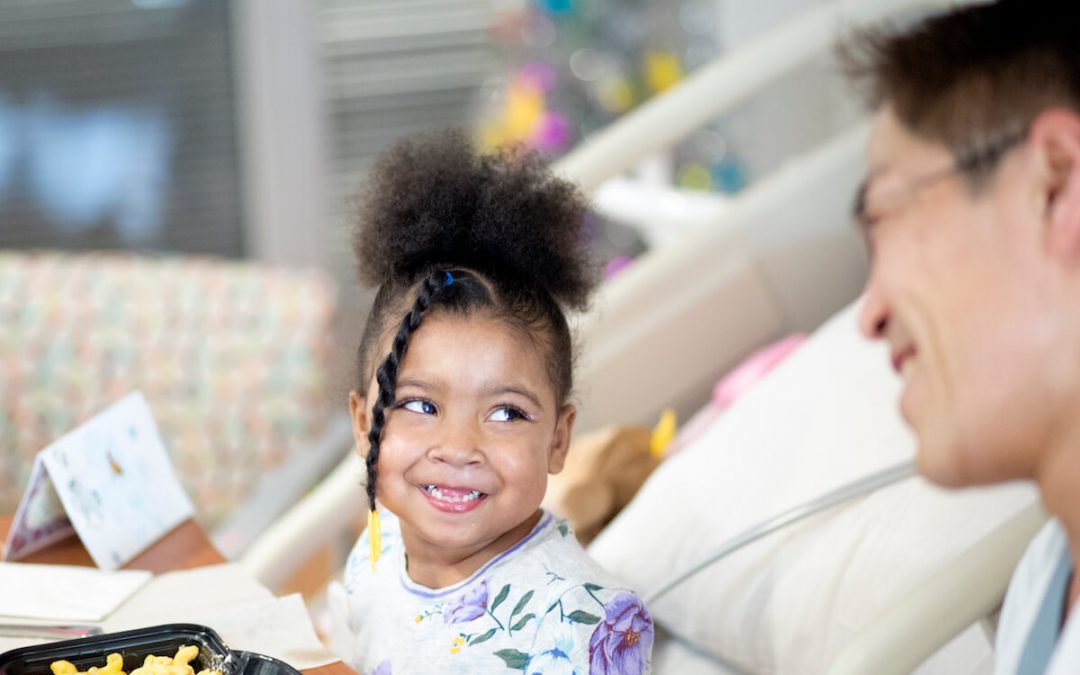
Four-year-old Katlyen Hickman has always been special. Even at birth, she defied the odds after she was diagnosed with several critical congenital heart defects, including aortic arch hypoplasia—meaning the vessel leaving the left side of her heart was too small—as well as multiple ventricular septal defects, which required her heart to pump excessively to push blood through her body. Despite numerous heart surgeries and cardiac catheterizations in her first few years of life, though, her heart was failing fast.
“It was clear she was moving in the direction of needing heart transplantation,” said Iki Adachi, M.D., a congenital heart surgeon at Texas Children’s Hospital. “She was admitted to the ICU and her heart condition was just getting worse and worse.”
Adachi and his team were determined to give the spunky young patient the best chance for a long life. So, on Oct. 2, 2018, they implanted the Jarvik 2015 ventricular assist device (VAD) into her chest, confident that it would keep her alive as she waited for a new heart.
It did—and it also put her name in the history books. Hickman was the first patient in the United States, and only the second in the world, to receive the new device.
On Nov. 23, 2018, the day after Thanksgiving, Katlyen received a new heart—then proceeded to amaze everyone with her swift and steady recovery.

“The VAD not only improves survival outcome, but also length of stay in the hospital post-transplant and how quickly a patient is able to get back on their feet and get back into the swing of things as far as their life is concerned,” said Jeff Dreyer, M.D., medical director of heart failure, cardiomyopathy and cardiac transplantation at Texas Children’s.
On Dec. 24, 2018, Hickman’s Christmas wish came true, and she was discharged home. As time passes, her transplanted heart will grow with her, and although it won’t last forever, science and technology are evolving quickly—and who knows what therapies will exist in the future to save her life once again.



